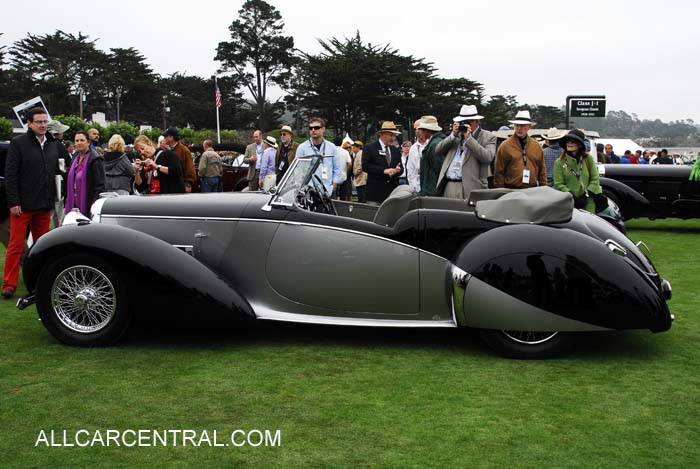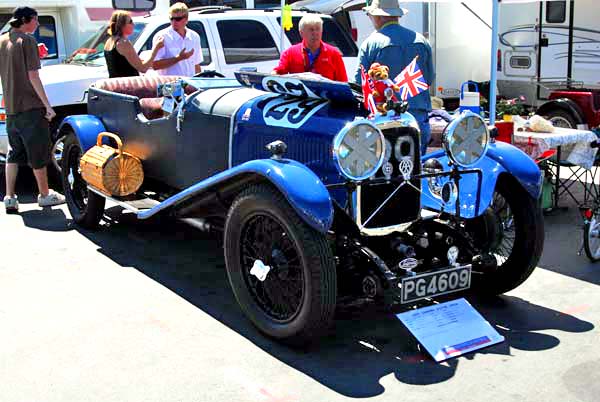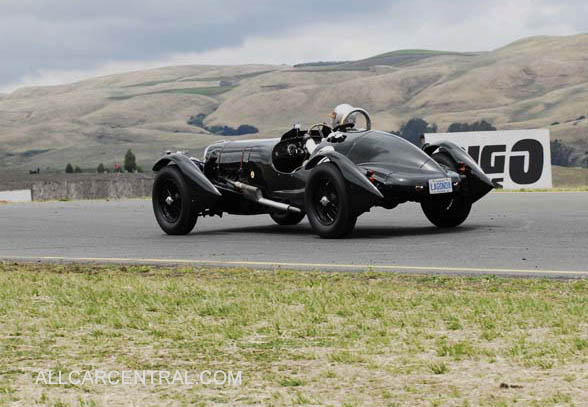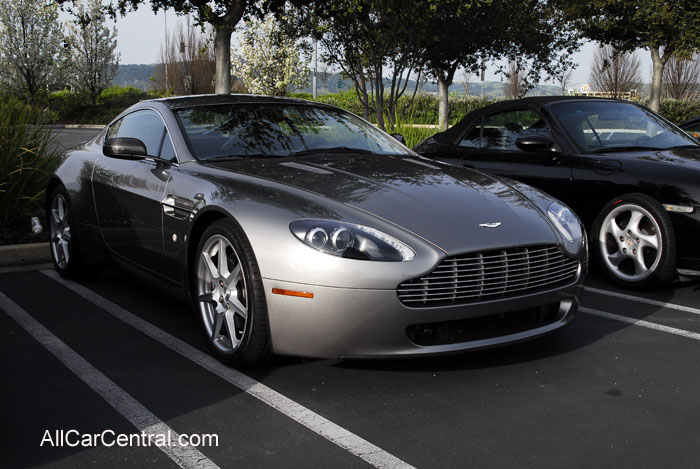Lagonda V12 Rapide Open Tourer 1939

LAGONDA
Wilbur Gunn was an American residing in England, in 1909, fascinated by the increasing demand for the Motor Vehicle, which started in the country when King Edward obtained a private vehicle and became the patron of the Royal Automobile Club. Gunn began building twin cylinder "Tricars" (Three wheel vehicles) in his garden shed at the rear of his home in Middlesex just a few miles from London. Within a couple of years he had progressed to building four wheel vehicles with a larger engine and relatively more comfort... It is equally interesting to report that his principle customer was a dealer in Russia where the Motor Car was just starting to become popular with those who had money and wanted to own a horseless carriage. The Russian Royal family was one of the first in Europe to have a stable of motor vehicles that were used for many ceremonial events.
By 1913 Gunn decided to design a totally new style of car and like Ford concentrated on one single model. He registered the company in 1912 and named it the "LAGONDA MOTOR CORPORATION"... By now he had a full size factory producing over two hundred cars a year with government contracts for various requirements... Small when compared to Ford or Morris but never the less a viable business.
The First Word War boosted the production level as the demand for motor vehicles trebled in the first year and continued to expand as the war progressed. After the war the market slumped mainly because there was a superfluous of vehicles that had been produced for the war which ended almost without warning when the two sides stopped fighting in 1918. The general opinion was that the war would continue, certainly into 1919 or even the early 1920's This resulted in the major manufacturers left with a lot of stock on their hands and very few customers.
Morris and Ford were smart enough to sell off what they were holding at virtually production cost but many others simply went under. Lagonda struggled on for a few more years but they could not compete with the production vehicles of such companies as Renault, Fiat, Ford, Austin etc. Compared with Morris or Ford their product was expensive and the market for individual designed cars was diminishing, assisted by the World Stock Market Crash of 1927... One area where individual design and performance was still in the demand for expensive and not so expensive: Sports cars. Morris cashed in on the inexpensive end of the market with the range of MG's that were produced throughout the 1930's
Others like Alfa Romeo, Mercedes, Bugatti, etc., ruled the major competitive events in Europe.
Lagonda Speed 1929

Lagonda decided to try building a mid priced sports car that could be both a regular means of transport and a competitive vehicle. The result was a six cylinder, 4.5 Liter power unit sitting in the new Speed Model Lagonda. It looked every inch like a speed king and the car won the 1935 Le Mans in its class and got rave reviews in the Motoring Media. One year later the company went bankrupt.
The receivers sold off the stock of sixteen vehicles, no one seems to know what happened to them but if by chance you happen to find one tucked away in the famous barn where many such gems are rumored to exist, you would not need to work for a long time. As yet I have not been so fortunate, the best I could do was to find a prewar tractor that had not moved since talking moves first hit the silver screen. (No I did not buy it!)
A well heeled lawyer purchased the company and installed one of the Bentley design engineers to run the operation. In fact it was W.O.Bentley himself who at that time was out of a job...
It is interesting to note that the famous Bentley Motor Company only lasted for ten years but produced some excellent automobile people who went on to leave their mark on the international automobile world.
Lagonda V12 1939

The 1937 Lagonda V 12, only produced for two years, was certainly something out of the Bentley stable. Weight was 4,400 pounds on the road, top speed in excess of a 100 mph; engine capacity was almost 5,000 cc. When shown at the 1936 Motor show the exhibited car was not complete and would be owners had to wait until 1938 to get their purchase.
It was only the second V12 to be offered in Britain, the first being the Rolls Royce Phantom Three. In total 189 were built before the outbreak of the war in September 1939 when, like many other manufactures, production ceased and the demands of war took preference. An interesting side note was that the engine that powered this vehicle went on to power naval water craft during the war. In 1947 the company was once again sold this time to the same group who owned Aston Martin but the post war market had changed...Yes Sports cars were certainly in vogue but they tended to be small and certainly not as expensive as the pre War Breed. ( The exception of course was the Aston Martin post war range that Mr. Bond made immortal). There was an attempt to reintroduce the Lagonda name in the 1970's but by then the name had no real impact on potential buyers.
My interest results from two factors: One I remember seeing an example of a prewar version of the car sometime in the 1960's at a British Car Eve...Two: The name is more than perfect for a fast, sleek and attractive vehicle. The 1978 Aston Marin Lagonda confirms this statement.
or the
Aston Martin Lagonda LTD 2006 (Ed.)

Geoff Wheatley©
PS. If you wonder why he chose the name LAGONDA it was the name of a Creek that ran through his Childhood American Home. It is also suggested that this was the native Indian name for the location but that was never confirmed.

BACK TO TOP